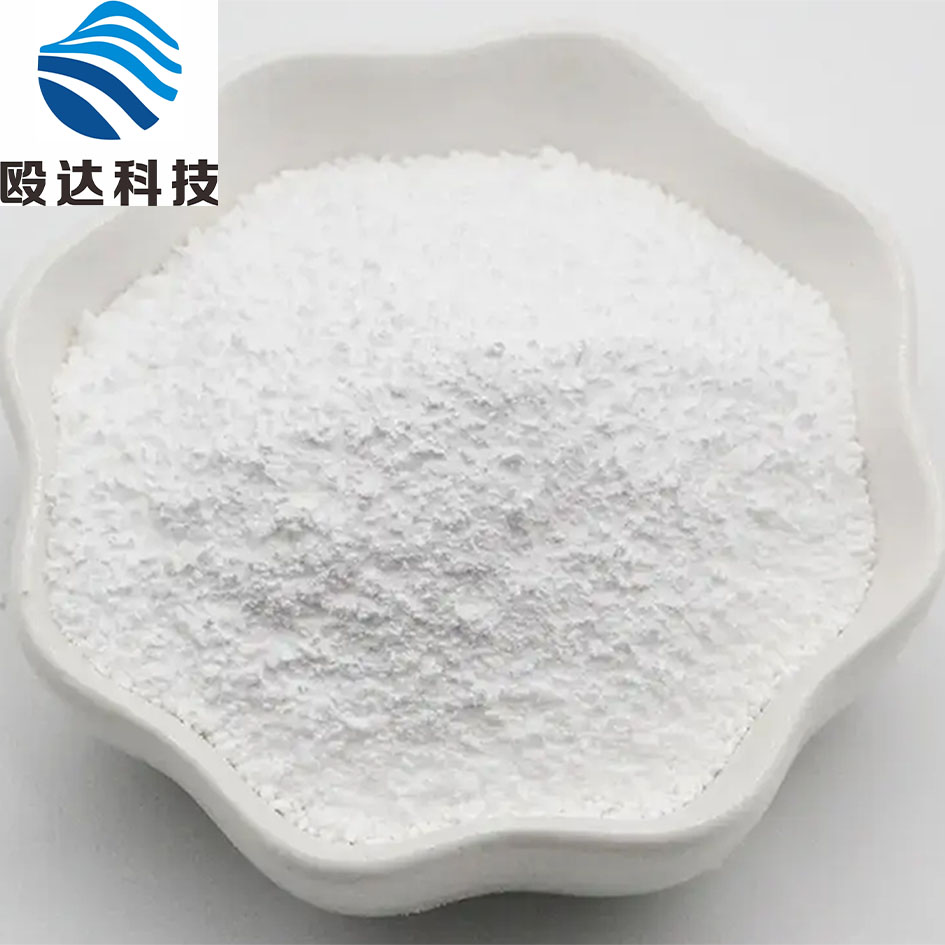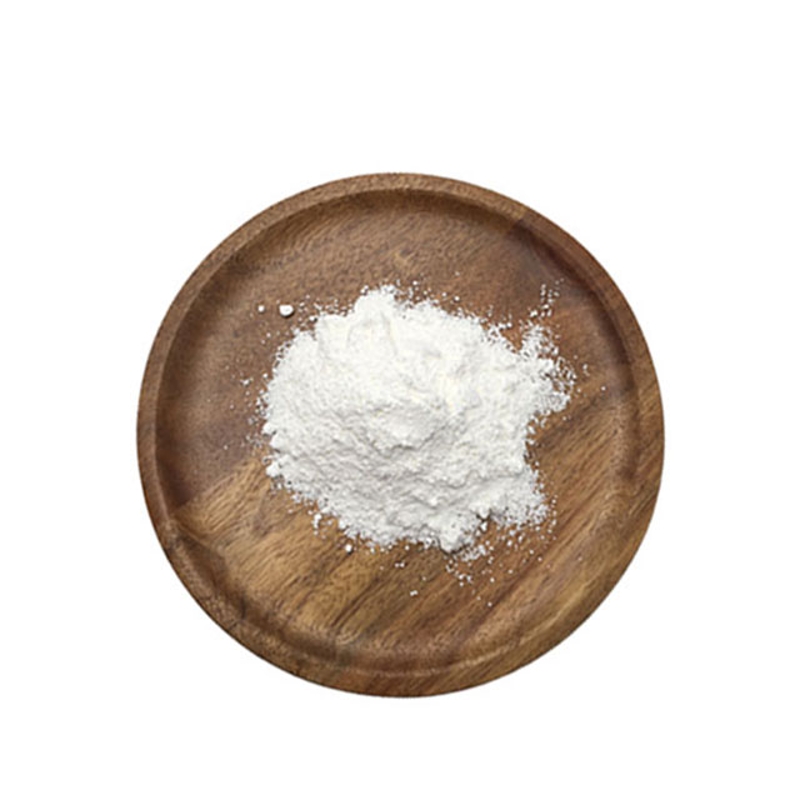-
Categories
-
Pharmaceutical Intermediates
-
Active Pharmaceutical Ingredients
-
Food Additives
- Industrial Coatings
- Agrochemicals
- Dyes and Pigments
- Surfactant
- Flavors and Fragrances
- Chemical Reagents
- Catalyst and Auxiliary
- Natural Products
- Inorganic Chemistry
-
Organic Chemistry
-
Biochemical Engineering
- Analytical Chemistry
- Cosmetic Ingredient
-
Pharmaceutical Intermediates
Promotion
ECHEMI Mall
Wholesale
Weekly Price
Exhibition
News
-
Trade Service
First, new varieties of food additives (1) soluble soybean polysaccharides 1. Background information.
Soluble soy polysaccharides as food additives have been included in the National Standard for Food Safety Food Additives Use Standard (GB 2760), allowing for rice products, wheat flour products, starch products, instant rice noodles products, frozen rice noodles and other food categories, the scope of use of this application extended to wet noodle products (such as noodles, dumpling skin, mink skin, roasted wheat skin) (food category 06.03.02.01).
Japan's Ministry of Health, Labour and Industry allows it to be used as a food or food additive.
2. Process necessity.
the substance is used as an anti-knot agent for wetting noodle products (e.g. noodles, dumpling skins, crusts, roasted wheat skins) (food category 06.03.02.01) to prevent product adhesion.
soluble soy polysaccharides (LS/T 3301) according to its mass specifications.
(ii) caramel coloring (ammonia production) 1. Background information.
caramel coloring (ammonia production) as a food additive has been included in the National Standard for Food Safety? Standard for the Use of Food Additives (GB 2760), which allows use in food categories such as brandy, whisky, rum, wine preparation, aromatic wine, yellow wine, beer and malt beverages.
this application is for other distilled spirits (tequila only) (food category 15.01.07).
the International Codex Alimentarius Commission, the European Commission, the U.S. Food and Drug Administration, the Australian and New Zealand Food Standards Agency, etc. allow it to be used as a colorant for alcohol.
assessment by the Joint FAO/WHO Committee of Experts on Food Additives, the daily allowable intake of the substance does not exceed 200?mg/kg?bw.
2. Process necessity.
the substance as a colorant for use in other distilled spirits (tequila only) (food category 15.01.07) to adjust the color of the product.
"Food Additive Caramel Color" (GB 1886.64) according to its quality specifications.
(iii) caramel color (common law) 1. Background information.
(common law) as a food additive has been included in the National Standard for Food Safety? Standard for the Use of Food Additives (GB 2760), which allows use in food categories such as brandy, whisky, rum, preparation wine, aromatic wine, yellow wine, beer and malt beverages.
this application is for other distilled spirits (tequila only) (food category 15.01.07).
the International Codex Alimentarius Commission, the European Commission, the U.S. Food and Drug Administration, the Australian and New Zealand Food Standards Agency, etc. allow it to be used as a colorant for alcohol.
assessment by the Joint FAO/WHO Committee of Experts on Food Additives that the daily allowable intake of the substance is not required.
2. Process necessity.
the substance as a colorant for use in other distilled spirits (tequila only) (food category 15.01.07) to adjust the color of the product.
"Food Additive Caramel Color" (GB 1886.64) according to its quality specifications.
(iv) Polyglycel castor alcoholate (PGPR) 1. Background information.
polyglycerides (PGPR) as food additives have been included in the National Food Safety Standards? Standard for the Use of Food Additives (GB 2760), which allows use in cocoa products, chocolate and chocolate products, including food categories such as cocoa butter chocolate and products, confectionery and chocolate wraps.
this application is used to decorate sweets (e.g. craft styling, or for cake decoration), top ornaments (non-fruit materials) and sweet juice (chocolate coating only) (food category 05.04).
The International Codex Alimentarius Commission, the European Commission, etc. allow it to be used as an emulsifying agent for the decoration of confectionery, top decorations or cocoa and chocolate products.
assessment by the JOINT FAO/WHO Committee of Experts on Food Additives, the daily allowable intake of the substance was 7.5?mg/kg bw.
2. Process necessity.
The substance is used as an emulsifying agent to decorate sweets (e.g. craft styling, or for cake decoration), top ornaments (non-fruit materials) and sweet juices (chocolate coating only) (food category 05.04) to improve the coating properties of chocolate coatings.
its quality specifications to implement "Food Additives?" Polyglyceride castor alcoholate (PGPR) (GB 1886.95).
(v) Chili Red 1. Background information.
Chili Red as a food additive, has been included in the National Standard for Food Safety Food Additives Use Standard (GB 2760), allowing for pickled vegetables, instant rice noodles, pastries, biscuits and other food categories, the scope of use of this application extended to new soy products (soy protein and its puffed food, soy meat, etc.) (food category 04.04.01.05) and flavor oil (food category 12.09.02).
Japan's Ministry of Health, Labour and Industry allows it to be used as a food additive.
2. Process necessity.
the substance is used as a colorant for new soy products (soy protein and puffed foods, soy meat, etc.) (food category 04.04.01.05) and flavored oil (food category 12.09.02) to improve product color.
"Food Additive Chili Red" (GB 1886.34) according to its quality specifications.
(vi) Chili oil resin 1. Background information.
oil resin as a food additive, has been included in the National Standard for Food Safety? Standard for the use of food additives (GB 2760), allowing for pickled vegetables, pickled edible bacteria and algae, compound seasonings and other food categories, the scope of use of this application extended to conditioning meat products (raw meat added seasonings) (food category 08.02.01), pickled meat products (salted meat products) Such as bacon, bacon, duck, Chinese ham, sausage (food category 08.02.02), soy meat (food category 08.03.01.02) and fennel oil (food category 12.09.02).
, the European Commission, Japan's Ministry of Health, Labour and other countries to allow its use as a food additive.
assessment by the Joint FAO/WHO Committee of Experts on Food Additives, the daily allowable intake of the substance is not required.
2. Process necessity.
The substance is used as a flavoring agent, colorant for the conditioning of meat products (raw meat added to the seasoning) (food category 08.02.01), pickled bacon products (e.g. bacon, bacon, duck, Chinese ham, sausage) (Food category 08.02.02), soy sauce meat (food category 08.03.01.02) and flavor oil (food category 12.09.02) to improve the taste and color of the product.
the "Food Additives Chili Oil Resin" (GB 28314) according to its quality specifications.
(vii) Vitamin E (dl-α-tocopherol, d-α-tocopherol, mixed tocopherol concentrate) 1. Background information.
vitamin E as a food additive has been included in the National Standard for Food Safety Food Additives Use Standard (GB 2760), allowing for basic water-free fat and oil, fried noodles and other food categories.
The scope of use of this application is extended to fatty emulsified products other than water-oily fatty emulsified products (food category 02.02) and 02.02, including mixed and/or flavored fatty emulsified products (food category 02.03).
the International Codex Alimentarius Commission, the European Commission, the Australian and New Zealand Food Standards Agency, etc. allow it to be used as an antioxidant for fats and oils and their products.
assessment by the JOINT FAO/WHO Committee of Experts on Food Additives, the daily allowable intake of the substance does not exceed 2 mg/kg bw.
2. Process necessity.
The substance is used as an antioxidant for water-oily fatty emulsified products (food category 02.02) and fat emulsification products other than category 02.02, including mixed and/or flavored fat emulsified products (food category 02.03), to delay fat oxidation.
its quality specifications to implement "Food Additives?" Vitamin E (GB 1886.233).
(viii) sodium forephate 1. Background information.
sodium for food as a food spice has been included in the National Standard for Food Safety? Standard for the use of food additives (GB 2760), which is applied for to expand the scope of use as a fermentation nutrient for fermentation processes.
Food Standards Agency of Australia and New Zealand, the U.S. Food and Drug Administration, etc. allow it to be used as processing aids in food.
assessment by the FAO/WHO Joint Expert Committee on Food Additives, the daily allowable intake of the substance is 3 mg/kg bw.
2. Process necessity.
as a fermentation nutrient used in fermentation process, to promote microbial reproduction.
(9) propylene acid and its sodium salt, calcium salt 1. background information.
propylene acid and its sodium salts, calcium salts as food additives have been included in the National Standard for Food Safety? Standard for the use of food additives (GB?2760), allowed for bread, pastries and other food categories, this application as a processing aid for the food industry for yeast production process.
the International Codex Alimentarius Commission, the European Commission, the U.S. Food and Drug Administration, the Australian and New Zealand Food Standards Agency, etc. allow it to be used as a food additive or processing aid for the food industry.
assessment by the JOINT FAO/WHO Committee of Experts on Food Additives, the daily allowable intake of the substance does not need to be limited.
2. Process necessity.
the substance is used in the production of yeast as a processing aid for the food industry to improve the adaptability of yeast use in the fermentation process of foods containing propylene acid and its sodium salts and calcium salts.
its quality specifications to implement "Food Additives?" Acrylic acid (GB 1886.210), Food Additive Calcium Acrylic (GB 25548) or Food Additive Sodium Acrylic (GB 25549).
(10) low-poly-semi-lactose (source of whey filtration fluid) 1. Background information.
LYS semi-lactose (source of whey filtration fluid) was approved as a new variety of food nutritional fortifications in Proclamation No. 8 of 2017, allowing for use in food categories such as infant formula, infant cereal supplements, etc., and the scope of use of this application has been extended to the modulation of milk powder (child milk powder only) (food category 01.03.02).
, the European Commission, the Australian and New Zealand Food Standards Agency, etc. approved it as a food nutrition enhancer for use in children's milk powder.
2. Process necessity.
the substance is used as a food fortification agent for the preparation of milk powder (children's milk powder only) (food category 01.03.02) to increase the low polysaccharide content of the product.
its quality specifications in accordance with Proclamation No. 8 of 2017.
(11) glucosin oxidase 1. Background information.
glucosin oxidase from penicillin sources applied for new varieties of enzymes for the food industry.
, the U.S. Food and Drug Administration, Japan's Ministry of Health, Labour, etc. allow the source of glucosin oxidase as an enzyme for the food industry.
2. Process necessity.
the substance as an enzyme for the food industry, removing residual glucose from the food and preventing non-enzyme browning caused by the Merad reaction.
its quality specifications should be implemented in accordance with the National Standards for Food Safety? Food additives? Enzymes for the food industry (GB 1886.174).
, food-related products new varieties (1) sodium acetate 1. background information.
the substance is white crystalline powder or blocky, odorless, soluble in water.
The National Standard for Food Safety? Food Additives Use Standard (GB 2760-2014) approves their use as food additives; The Standard for the Use of Additives for Food Contact Materials and Products (GB 9685-2016) approves it as an additive for use in polyphenyl xylene glycol (PET) plastics, coatings, inks, adhesives and paper.
this application to extend its use to ethylene-ethylene alcohol co-polymer (EVOH) plastics.
U.S. Food and Drug Administration and the European Commission both allow the substance to be used in food contact with EVOH plastic materials and products.
2. Process necessity.
substance is used in EVOH plastics to increase the bonding strength between EVOH and adhesives.
(ii) Phosphoric acid 1. Background information.
the substance is a white solid or viscous liquid, soluble in water.
Food Safety National Standards Food Additives Use Standard (GB 2760-2014) approved its use as food additives, food safety national standards for food contact materials and products additives use standards (GB 9685-2016) approved as additives for polyethylene (PE), polypropylene (PP) and other plastics, coatings, inks, adhesives and paper.
this application to extend its use to ethylene-ethylene alcohol co-polymer (EVOH) plastics.
U.S. Food and Drug Administration and the European Commission both allow the substance to be used in food contact with EVOH plastic materials and products.
2. Process necessity.
the substance is used in EVOH plastics to prevent EVOH plastics from yellowing during processing.
(iii) potassium phosphate 1. Background information.
the substance is an acidic salt of phosphoric acid, white crystalline powder or particles at room temperature, soluble in water, insoluble in ethanol.
The National Standard for Food Safety? The Food Additives Use Standard (GB 2760-2014) approves its use as a food additive, and the National Food Safety Standard for the Use of Additives for Food Contact Materials and Products (GB 9685-2016) approves it as an additive for use in polyethylene (PE), polypropylene (PP) and other plastics, coatings, inks, adhesives and paper.
application to extend its use to ethylene







